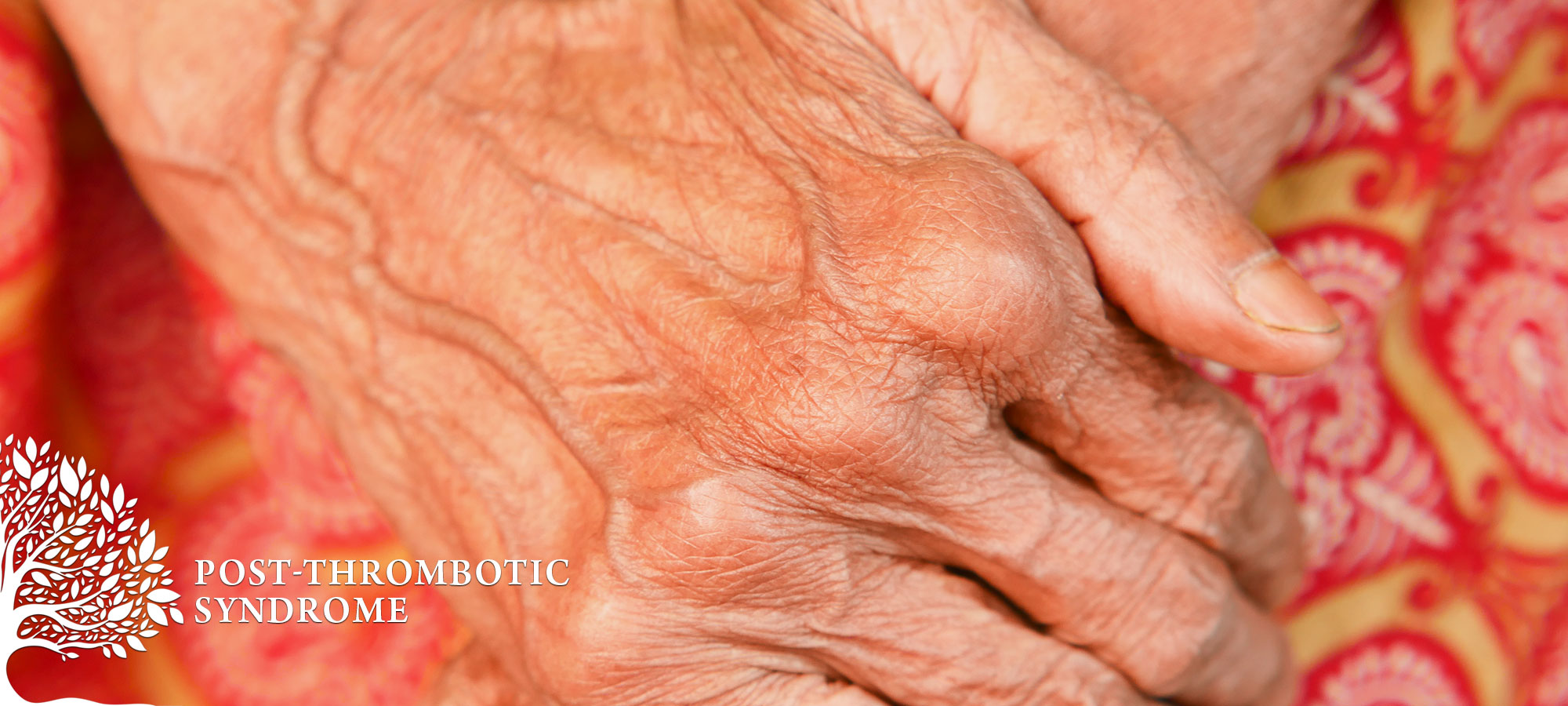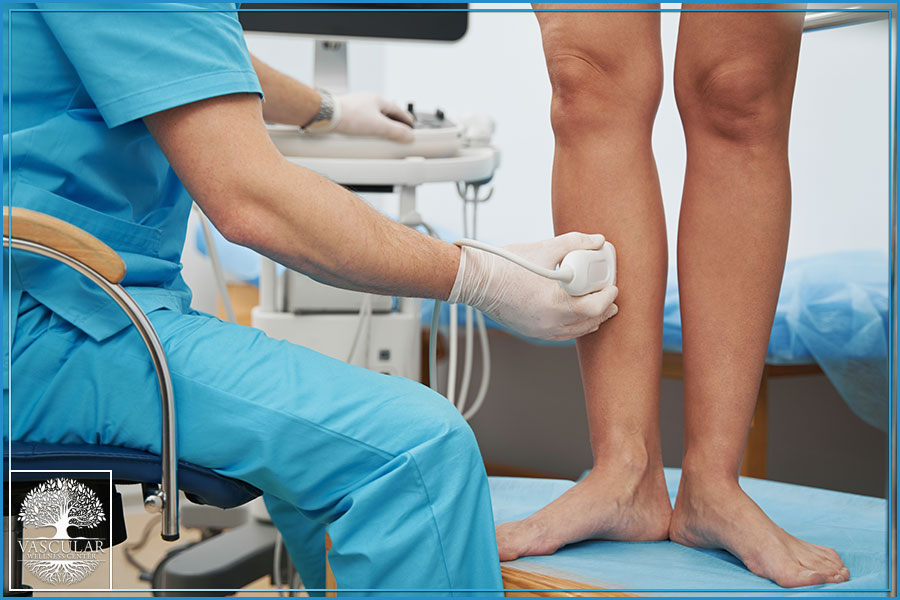
Post-Thrombotic Syndrome
Post-Thrombotic Syndrome (PTS) is a common issue that can arise following Deep Vein Thrombosis (DVT). Veins in the arms and legs have small valves inside them that help direct blood flow correctly. When a DVT occurs, the resulting clot can damage these valves and compromise normal circulation.
Causes of Post-Thrombotic Syndrome
The primary reason for Post-Thrombotic Syndrome (PTS) is damage to the vein walls or valves due to a DVT. PTS is a chronic condition that may lead to ongoing problems and requires the expertise of vascular specialists for proper management and follow-up.

Risk Factors & Symptoms of Post-Thrombotic Syndrome
One out of every three individuals with a DVT may develop Post-Thrombotic Syndrome (PTS) at some point. If any of the following risk factors apply to you, your likelihood of developing PTS may be higher:
Risk Factors
• Being 65 years of age or older
• Having a blood clot in the deep veins
• Experiencing multiple blood clots in the same leg
• Being overweight
• Struggling to keep blood thinner levels stable
The veins’ valves normally ensure blood flows toward the heart. However, damage to these valves can lead to blood reflux (flowing backward), causing discomfort, swelling, and skin damage.
Symptoms:
As PTS progresses, skin damage may become more severe, accompanied by itching and discoloration. If left untreated or ignored, a venous ulcer (a sore on the leg) may develop. The initial step in evaluation is typically a physical exam followed by an ultrasound. Symptoms can vary greatly from person to person; some individuals may not experience any noticeable signs.
Common PTS Symptoms
• Pain
• Swelling that worsens with prolonged walking or standing
• Aching or heaviness in the leg or foot
• Cramping or tingling in the leg or foot
• Itching in the leg or foot
• Blue or brown discoloration of the leg or foot
• Appearance of an ulcer or sore on the leg or foot
• New varicose veins
• Dry, red, and flaky skin
If you have had a DVT and notice these symptoms, pay attention to your body’s signals and seek a professional evaluation.
Post-Thrombotic Syndrome Diagnosis
Individuals showing signs of chronic venous insufficiency—such as leg swelling, skin changes, or a known history of DVT—should undergo an examination by a vascular specialist to determine the stage of the disease. An ultrasound is commonly used to identify chronic DVT or valve dysfunction. Recommendations for protecting vein and skin health are provided based on the findings.
Treatment Options for CAS
A range of treatments may be advised depending on the severity of PTS. In certain cases, surgery may be necessary, making it essential to consult with a qualified vascular surgeon or specialist for the best possible outcome. Possible treatments include:
- Exercise/Elevating the affected legs
- Compression stockings
- Medication
- Interventional procedures
Preventing Post-Thrombotic Syndrome
Minimizing the risks or additional harm from PTS often involves staying active (e.g., regular walking), avoiding extended periods of sitting, using compression devices or stockings, and taking any prescribed blood-thinning medications as directed after a medical evaluation.
Progression of Post-Thrombotic Syndrome
Although PTS cannot be completely reversed, lifestyle adjustments can help manage the condition. Over time, people may experience increasing discomfort, itching, and redness in the legs. As pressure builds, vein walls and valves deteriorate further, potentially affecting mobility. Venous ulcers or sores may develop near the ankle and can be difficult to treat.

FAQs About Post-Thrombotic Syndrome:
What is it like to live with Post-Thrombotic Syndrome?
Living with PTS can be challenging since it never fully disappears. However, it can be managed through lifestyle modifications, compression stockings, and medication.
Are there any complications related to Post-Thrombotic Syndrome?
Leg ulcers and wounds can result from PTS. These require monitoring by a wound care specialist. If not properly attended to, the damage could worsen, possibly requiring surgery.
When should you call your doctor about Post-Thrombotic Syndrome?
Always pay attention to what your body is telling you. Seek medical advice if you notice escalating pain, a new or worsening ulcer on the leg, signs of infection in an existing ulcer, swelling, or heaviness in the legs. Prompt evaluation may help prevent additional complications.
